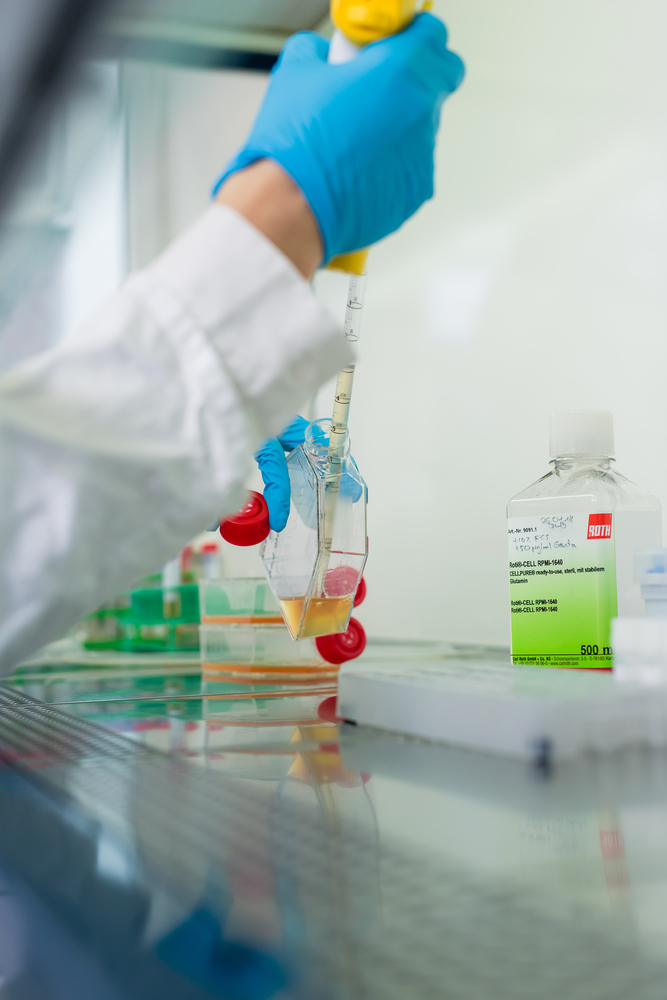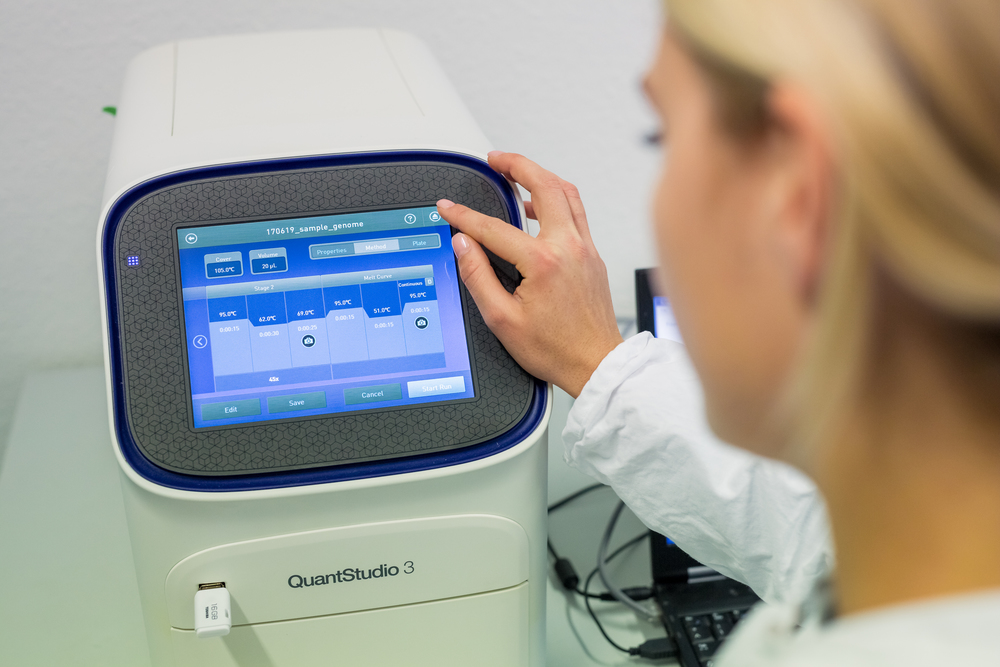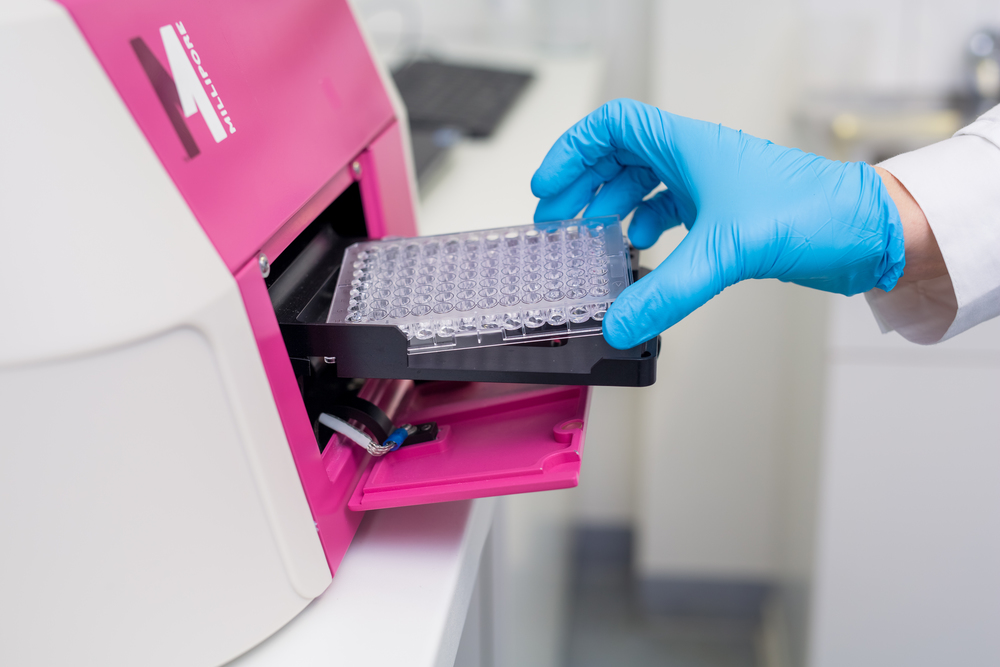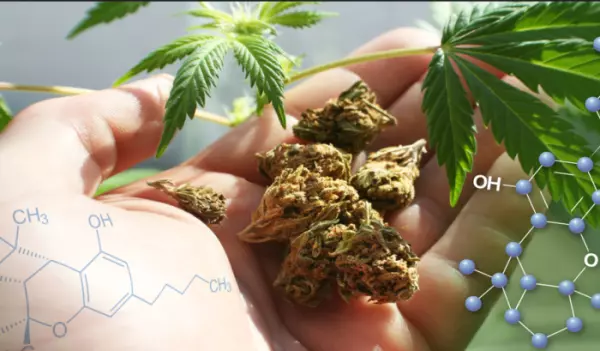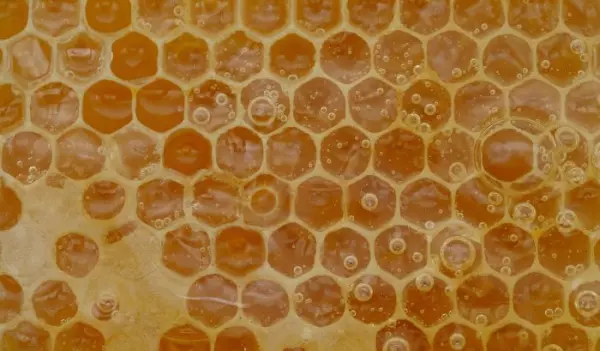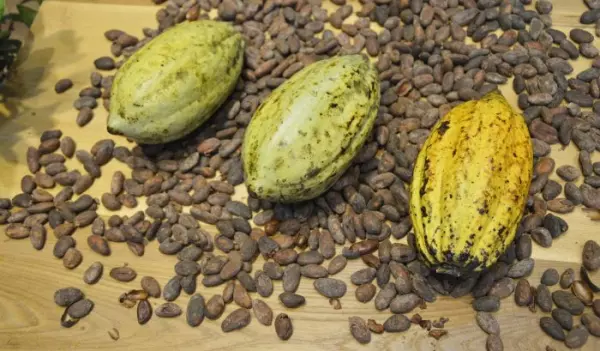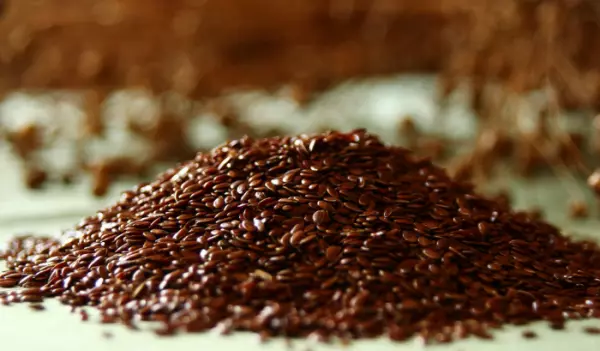
PFAS accumulate in the environment and can thus find their way into food and our food chain.
Perfluorinated and polyfluorinated alkyl substances (PFAS) are understood to be a group of substances with more than 4700 substances. These are carbon chains, i.e. organic compounds, and the hydrogen atoms are either perfluorinated or polyfluorinated. So they are completely or partially replaced by fluorine atoms.
PFAS are industrial chemicals, which means they do not occur naturally. Due to their water, dirt and grease repellent properties, they are used in many different products: textiles, cosmetics, paper and cooking utensils. These substances are long-lasting and difficult to break down - so they can accumulate in the environment and people.
PFAS cannot be broken down and broken down by microorganisms and solar radiation, for example, so that they accumulate in the environment. PFAS enriched in sewage sludge cannot be degraded either. They find their way into the soil and water, are absorbed by plants and animals and thus get back into the food chain, e.g. fish, seafood, fruit and vegetables, etc.
Table 1: PFAS levels in various foods
The health risk posed by PFAS has been reassessed by the European Food Safety Authority (EFSA) and a tolerable weekly intake (TWI) has been established. This is 4.4ng per kg of body weight per week.
This TWI is valid for the sum of the four PFAS:
The Federal Institute for Risk Assessment (BfR) has issued a new statement recommending that EFSA take the TWI into account.
It has been observed that PFAS are only excreted very slowly from the human body and can thus accumulate in the body. Fewer vaccine antibodies were produced in children who had PFAS detected in the blood.
There are currently no statutory maximum levels for PFAS in food in the EU.
With reference to the TWI of 0.0044 µg / kg body weight, an adult with an average body weight of 76.37 kg may ingest 0.34 µg of the sum of the 4 PFAS per week and a child with an average body weight of 16.15 kg 0.07 µg. The weekly intake for chronic exposure for fish is 0.2038 kg for an adult and 0.0392 kg for a child, giving a maximum concentration of PFAS in fish of 1.65 µg / kg for an adult and 1.81 µg / kg for a child.
At these low concentrations in fish / products, the TWI would already be 100% exhausted.
Bilacon routinely examines food and soil for the following PFAS:
EFSA has indicated the need for sensitive analytical methods for PFAS. With the help of the latest technology, bilacon's special analytical laboratory is able to comply with this recommendation and offer you low limits of quantification.
Roy Sperling
roy.sperling@tentamus.com
+49 30 206 038 320



